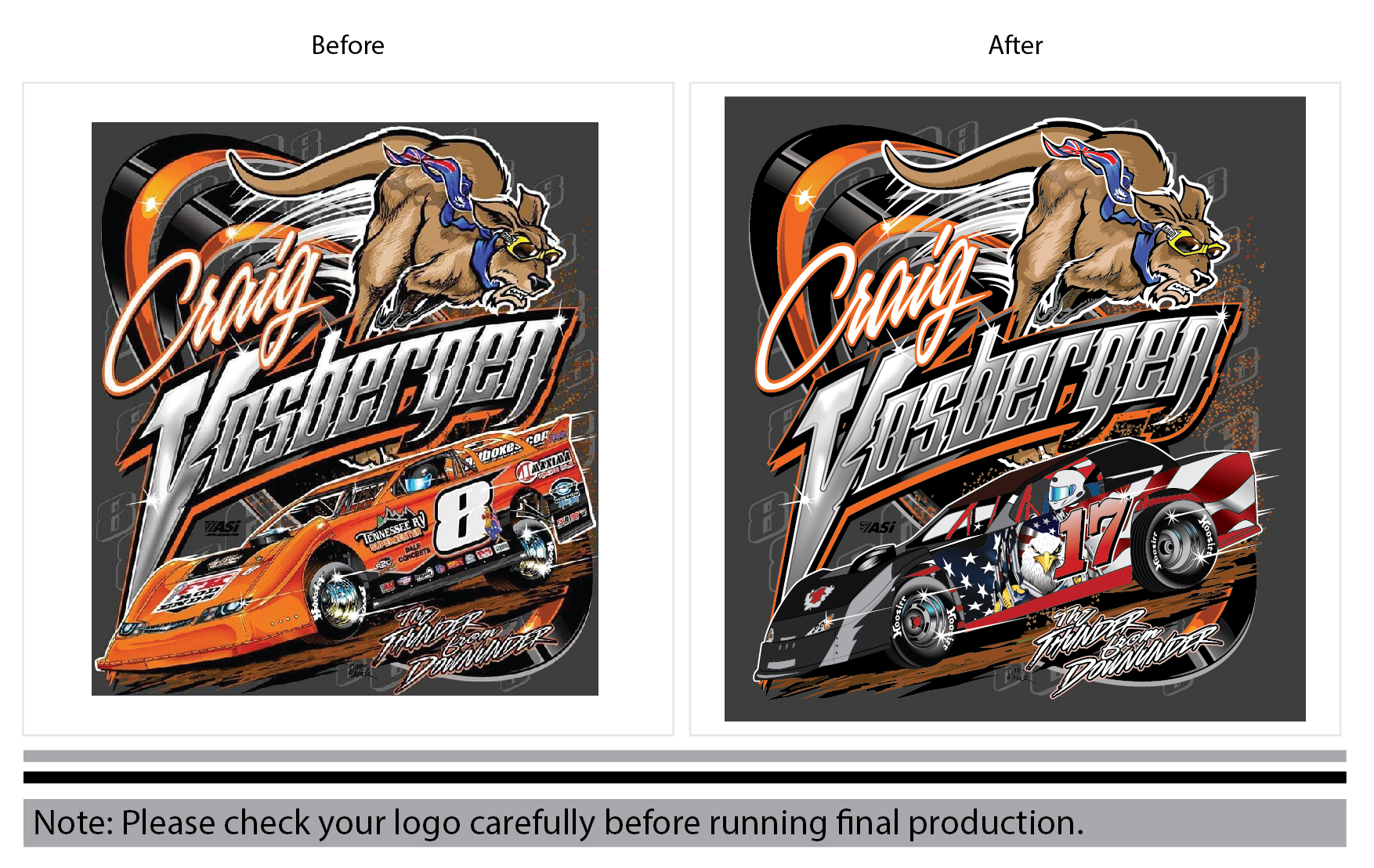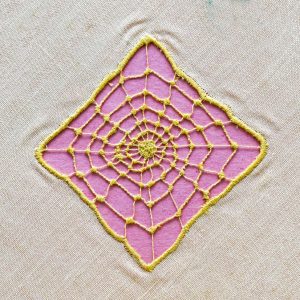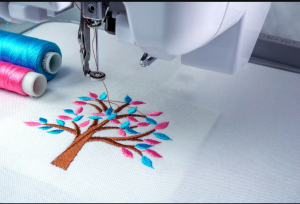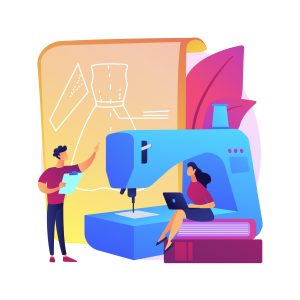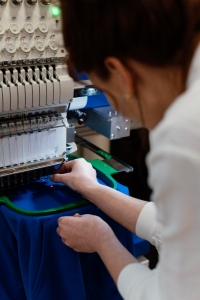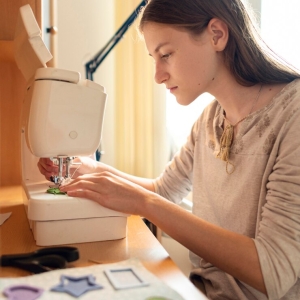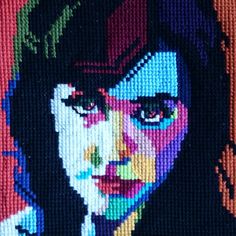13
Jan
The Fusion of Technologies: Integrating Embroidery Digitizing with Smart Textiles
In the ever-evolving landscape of technology, innovative solutions often emerge from the convergence of seemingly unrelated industries. One such fascinating fusion is the integration of embroidery digitizing with smart textiles. This synergy combines the traditional art of embroidery with cutting-edge smart textile technologies, ushering in a new era of creativity, functionality, and personalized expression.
Embroidery Digitizing: A Traditional Craft Goes Digital Embroidery has been an art form for centuries, weaving intricate patterns and designs into fabrics to enhance their aesthetic appeal. However, the advent of technology has transformed this traditional craft through the process of digitization. Embroidery digitizing involves converting intricate designs into digital formats that can be read by embroidery machines. This transition from manual to digital not only enhances precision but also opens up a world of possibilities for customization and intricate detailing.
The Role of Best Embroidery Digitizing Services: To embark on the journey of integrating embroidery with smart textiles, businesses and individuals often rely on the expertise of professional embroidery digitizing services. These services specialize in converting diverse designs into digital files compatible with embroidery machines. They play a crucial role in maintaining the integrity of the original design while ensuring it translates seamlessly into the digital realm.
Custom Embroidery Digitizing: Tailoring Designs for Smart Textiles As the demand for personalized and unique products continues to rise, custom embroidery digitizing becomes a key player in this transformative journey. Smart textiles, equipped with embedded sensors, actuators, and other electronic components, require specialized designs that consider both aesthetic appeal and functionality. Custom embroidery digitizing services cater to this need, adapting traditional and modern design elements to suit the requirements of smart textiles.
The Intersection of Embroidery Digitizing and Smart Textiles: Smart textiles, also known as e-textiles, are fabrics embedded with electronic components that enable them to interact with the environment or the wearer. These textiles can incorporate features such as temperature regulation, health monitoring, and even interactive displays. Integrating embroidery digitizing with smart textiles brings forth a myriad of possibilities, creating a harmonious blend of craftsmanship and technology.
Enhancing Aesthetics: One of the significant contributions of embroidery digitizing to smart textiles is the enhancement of aesthetics. Traditional embroidery techniques can be seamlessly integrated into smart fabric, adding a touch of elegance and uniqueness to the final product. Intricate digital designs can be embroidered onto the fabric, creating visually appealing patterns that are not only aesthetically pleasing but also functional.
Personalization and Individual Expression: Customization is at the heart of the integration between embroidery digitizing and smart textiles. Individuals can now personalize their smart garments with embroidered designs that reflect their personality, preferences, or even convey a message. This level of individual expression was not easily achievable before the advent of digitization, making smart textiles not just functional but also a form of wearable art.
Practical Applications: Beyond aesthetics, the fusion of embroidery digitizing and smart textiles unlocks practical applications across various industries. In the healthcare sector, smart textiles with embroidered sensors can monitor vital signs, providing real-time data to healthcare professionals. In the fashion industry, personalized designs on smart clothing can redefine the concept of wearable technology, creating garments that are both stylish and functional.
Challenges and Opportunities: While the integration of embroidery digitizing with smart textiles presents exciting opportunities, it also comes with its own set of challenges. Ensuring the durability of embroidered designs on smart fabrics, addressing compatibility issues, and optimizing the production process are among the challenges that need careful consideration. However, these challenges pave the way for innovation and collaboration between traditional artisans and tech experts, fostering a dynamic ecosystem.
Conclusion: The fusion of embroidery digitizing with smart textiles represents a harmonious blend of tradition and technology, opening up new avenues for creativity, personalization, and functionality. Best embroidery digitizing services play a pivotal role in translating intricate designs into the digital realm, enabling the seamless integration of traditional craftsmanship with cutting-edge smart textile technologies. As this convergence continues to evolve, the possibilities for creating unique, personalized, and technologically advanced products are boundless, reshaping the landscape of both the textile and technology industries.

